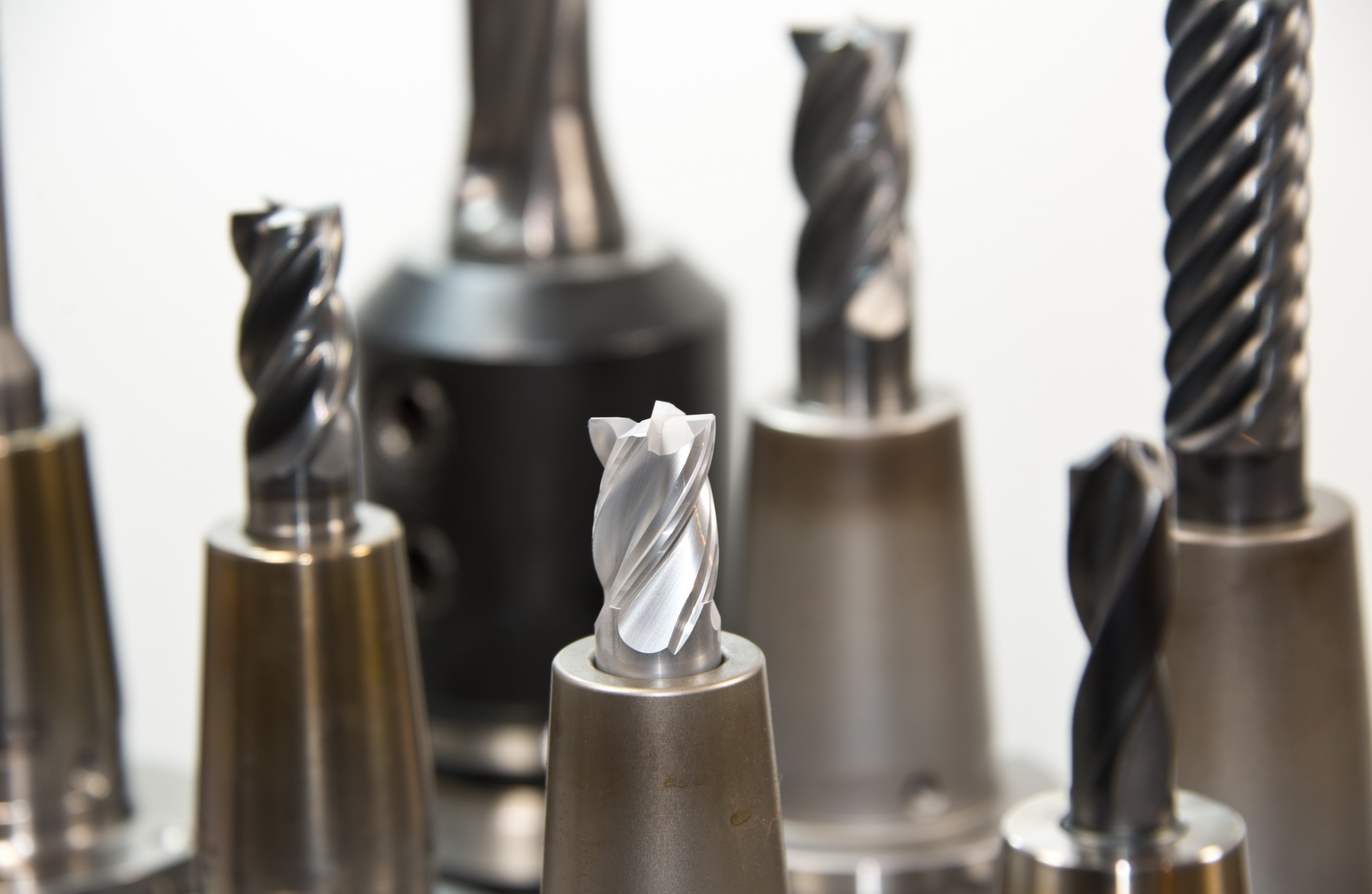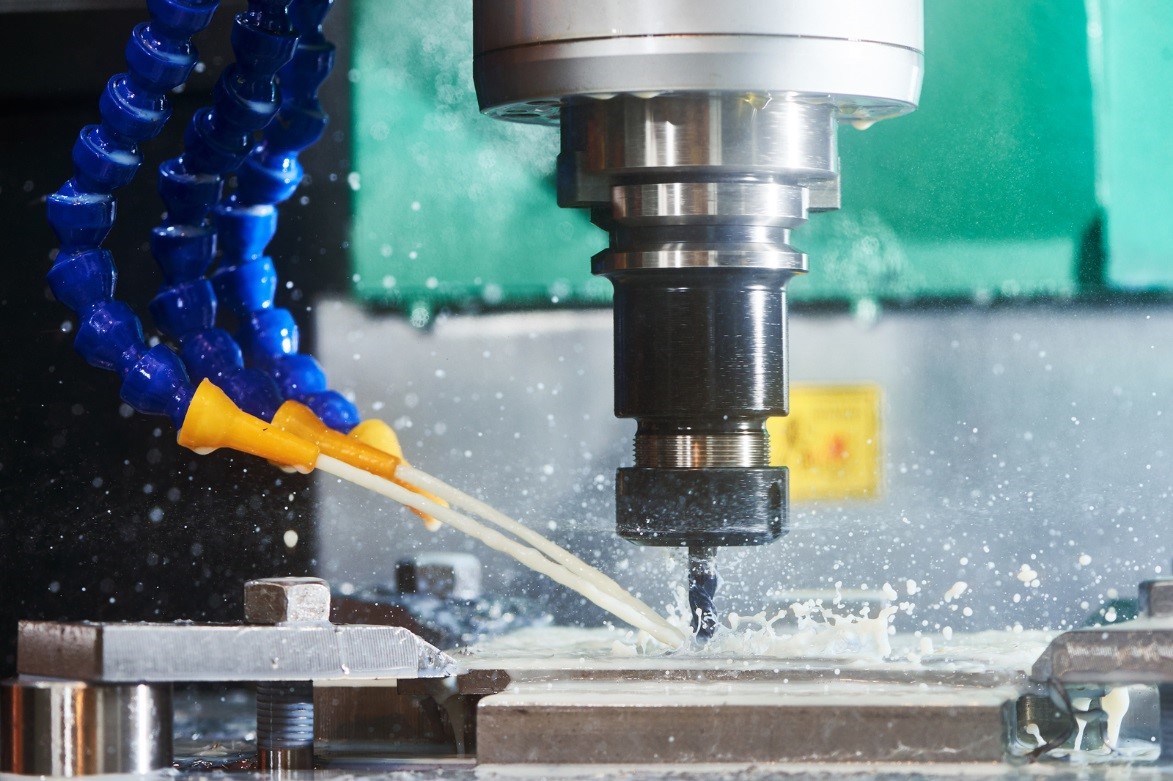There’s a process we can never avoid when we do metal/plastic prototyping or injection mold making, that is CNC machining, which is nowadays found in many industries to aid production as it streamlines the manufacturing process.
The major advantages of CNC machining are:
- 1)More precise. CNC machines are programmable and every detail of the production process can be fed into the machine, identical parts can made with the highest accuracy levels. Programming the specification and designs into the machine leaves less room for mistake.
- 2)Greater Efficiency. They’re capable of automatically switching tools for each stage of the process, and can operate simultaneously on multiple axes, saving valuable time and energy.

3D printing is also widely used today for model making in some cases because of ithe fast manufacturing time and low cost (especially for small parts), yet the strength, high surface finish reachable, material selectivity still can achieve most product designer’s requirement.
The cost of machined prototypes usually depending on the complexity, quality, and quantity required. In some cases, such as when the model will serve as the pattern for injection molding, only one prototype is required, and machining is a likely candidate process.
For simple parts, it may be cheaper to machine even hundreds of units before reaching the breakeven cost for an acceptable quality rapid injection molding, while more complex parts may breakeven at fewer than a dozen parts. CNC machining equipment and CAD techniques help reduce the labor costs associated with higher production runs or for parts that having complex geometry,
A significant amount of set-up, fixturing, and hand finishing or decorating labor may still be required for each individual part, even when automated machining equipment is used. The method of producing prototype plastic parts by machining dimensional plastic stock for the production of one or more facsimile prototype parts is still used, it is less common compared to the other RP techniques. The technique offers versatility and utilizes raw materials and conventional machining equipment that are readily available.

The properties of the machined parts are most likely different than their molded parts, even when they are made using the same base polymer, since the additives,molecular weights, morphology, processing stresses and orientation levels in the machined part will not be equivalent to those of the molded part. In certain instances, it may be possible to machine or fabricate prototype parts using injection or compression molded plaques produced from the production polymer, while this is a step in the right direction, orientation levels, weld lines, surface characteristics, and other processing related effects will not be equivalent to those of molded prototypes . The choice of material for the machined prototype is critical and should reflect the properties of the polymer closely as possible to be used in production, however, even then, the results of any test may be misleading since processing related effects are not considered.
Please click www.dankemold.com to get more information.
